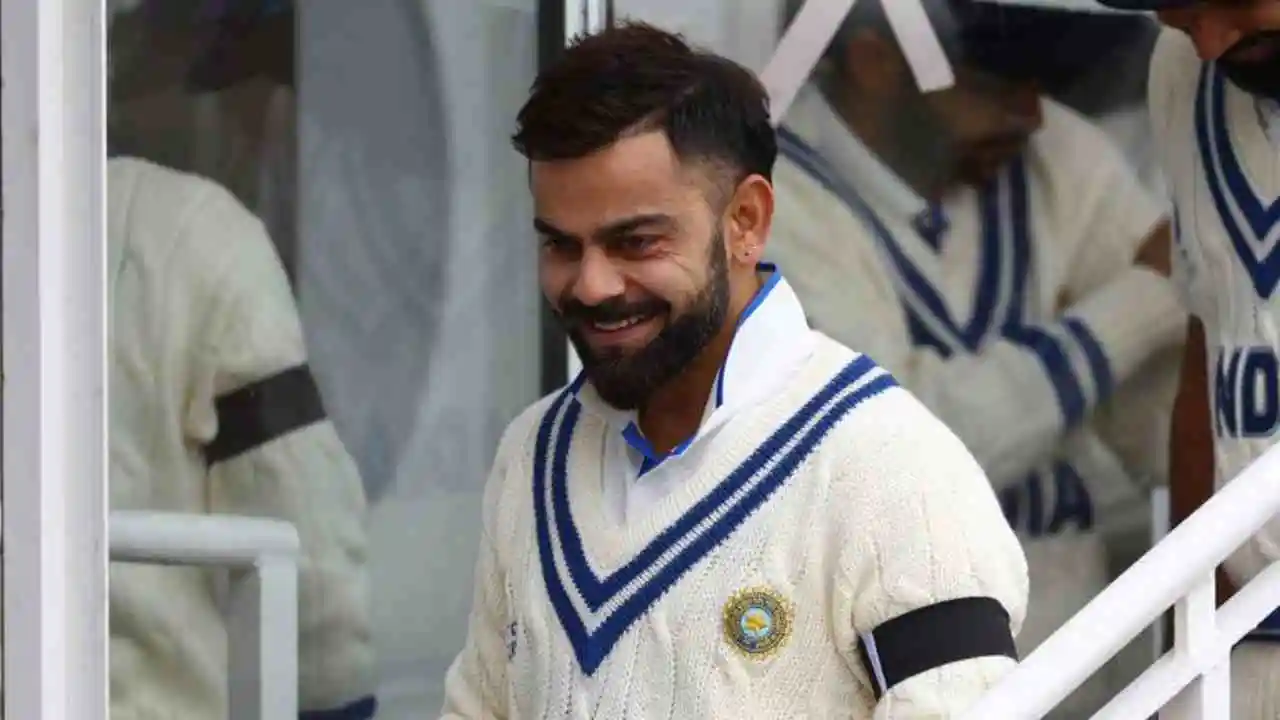
Goodbye Gabba: A Fond Farewell to the Thrilling Moments
1 month ago | 5 Views
Kolkata: This isn't a farewell speech, as the Gabba will remain standing until after the 2032 Brisbane Olympics. However, the end has been announced, fittingly during this summer's Ashes, marking the quiet retirement of Australia's original stronghold.
You heard that right. It's not the WACA ground in Perth; the Gabba is where Australia has consistently showcased their home advantage. Out of the 67 Tests played at the Gabba so far, Australia has claimed victory in 42, resulting in a win percentage of 62.68%, which is notably higher than WACA's 56.81%. Even more impressive is that while Australia lost 11 matches at the WACA from 1970 to 2017, they have only faced defeat 10 times at the Gabba over 93 years.
Interestingly, four of those losses were against the West Indies. If you exclude the defeats in 2024 and 1968, Australia has only lost to that legendary West Indies team twice, in 1984 and 1988, at the Gabba.
In contrast, the WACA saw five losses, not just during those two tours but also in 1975, 1993, and 1997, when the West Indies were either on the rise or past their peak.
These statistics suggest that certain grounds can exert a significant influence over visiting teams. This also highlights India's impressive record, as they have remained unbeaten at the Gabba for two consecutive tours, starting with their historic win in 2021. What was Gabba's record from 1988 to 2021? 24 wins and 7 draws.
From India's viewpoint, 2021 marked a pivotal victory that not only solidified their reputation as formidable visitors but also compelled even the toughest critics to acknowledge a shift in the global cricket landscape.
This might be the only recent instance where India truly exceeded the sum of their talented parts, as their backup bowlers played a crucial role in keeping them competitive. Shubman Gill's composed innings, combined with Rishabh Pant's lively approach, all under the clever leadership of Ajinkya Rahane, led to one of the most remarkable chases in Test cricket history.
This moment also marked the revival of a fierce rivalry that began at Eden Gardens and was redefined at Gabba in 2003, when Sourav Ganguly made a statement with a captain's innings in the first innings.
With four wickets down for just 127 runs, it seemed like they were heading towards another typical disastrous start in Australia. However, Ganguly's 144 runs laid the groundwork for a thrilling drawn series.
Most tours were usually characterized by total chaos, especially with fast bowlers dominating even on the fifth day. The pitch was a nightmare for batters unless you had the exceptional grit of Pant or played with the precision of local hero Matthew Hayden.
Gabba, while not particularly grand as a venue, was also a bit overwhelming. Surrounded by Vulture Street, the field was encircled by a greyhound track, and the scenery shifted from a simple clubhouse to a massive concrete structure with bright floodlights and a seating arrangement designed by a computer algorithm, making it less than inviting for visitors.
For those of us catching the cricket action in the morning from down under, the losses in Perth were a reality check. By 8 am, we were already bracing ourselves for the tough WACA pitch and the relentless pace bowling under the blazing West Australian sun.
On the other hand, the Gabba brought an indescribable anxiety that often haunted visiting batters, yet it surprisingly didn’t affect Australia when they were at bat. If you missed the first hour, you likely missed the whole match.
This was especially true during the era when Dennis Lillee and Jeff Thomson led Australia’s fast bowling attack, until 1984 when Kim Hughes tearfully stepped down after an eight-wicket loss to the West Indies, marking Australia’s fifth defeat in seven Tests against Clive Lloyd’s team.
It took Australia 24 years to reach that point from the excitement of Test cricket’s first tied match in 1960-61, a game celebrated for its Calypso spirit, friendly competition, and the outstanding leadership of Frank Worrell, under whom a young Wes Hall took nine wickets, with the last one coming in a nail-biting final over.
Hall found himself in a tight spot, with Australia needing six runs to win and only three wickets left. He managed to take one wicket but also dropped a key catch. Fortunately, two run-outs saved the day.
Fast forward sixty-four years, and an under-the-radar player named Shamar Joseph, despite battling a toe injury, took down Australia with an impressive 7/68, leaving them just nine runs shy of victory. This moment echoed the past, reminding everyone of the Caribbean's cricketing magic at the Gabba. Meanwhile, Australia is planning to erase this history to make way for a 60,000-seat stadium for the Olympics.
Unlike Eden Gardens, the Gabba never had the same romantic allure, nor was it revered like the Maracana Stadium. Over time, it will transform into a tangled mass of steel and concrete, with the cherished cricket pitch replaced by a more practical use of the land. Soon, there will be nothing left of cricket, just heaps of rubble.
Change is unavoidable, and true to the Australian spirit of practicality, life goes on. Yet, it’s undeniable that the Gabba has always been the heartbeat of Australian cricket.
Read Also: Riyan Parag Shines in Guwahati: Fans Celebrate as He Captains Royals vs KKR
Get the latest Bollywood entertainment news, trending celebrity news, latest celebrity news, new movie reviews, latest entertainment news, latest Bollywood news, and Bollywood celebrity fashion & style updates!
HOW DID YOU LIKE THIS ARTICLE? CHOOSE YOUR EMOTICON!
#




















